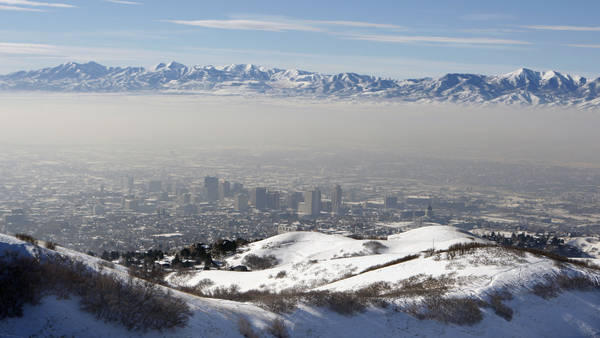 In the early 20th century the pollution in Salt Lake City was so bad that the city had to create a Smoke Department to help control pollution. Inversions are still a problem today.
In the early 20th century the pollution in Salt Lake City was so bad that the city had to create a Smoke Department to help control pollution. Inversions are still a problem today.
In 1983 City Creek flooded and State Street became a temporary "river".
Salt Lake City hosted the Winter Olympic Games in 2002 and the snow in this area is often called the "best snow on earth".
Salt Lake County sits on the Wasatch Fault line which is predicted to produce a large magnitude earthquake that could cause extensive damage.
The Mormon religion is the largest religion in the County with 56% of the population being Mormon.





